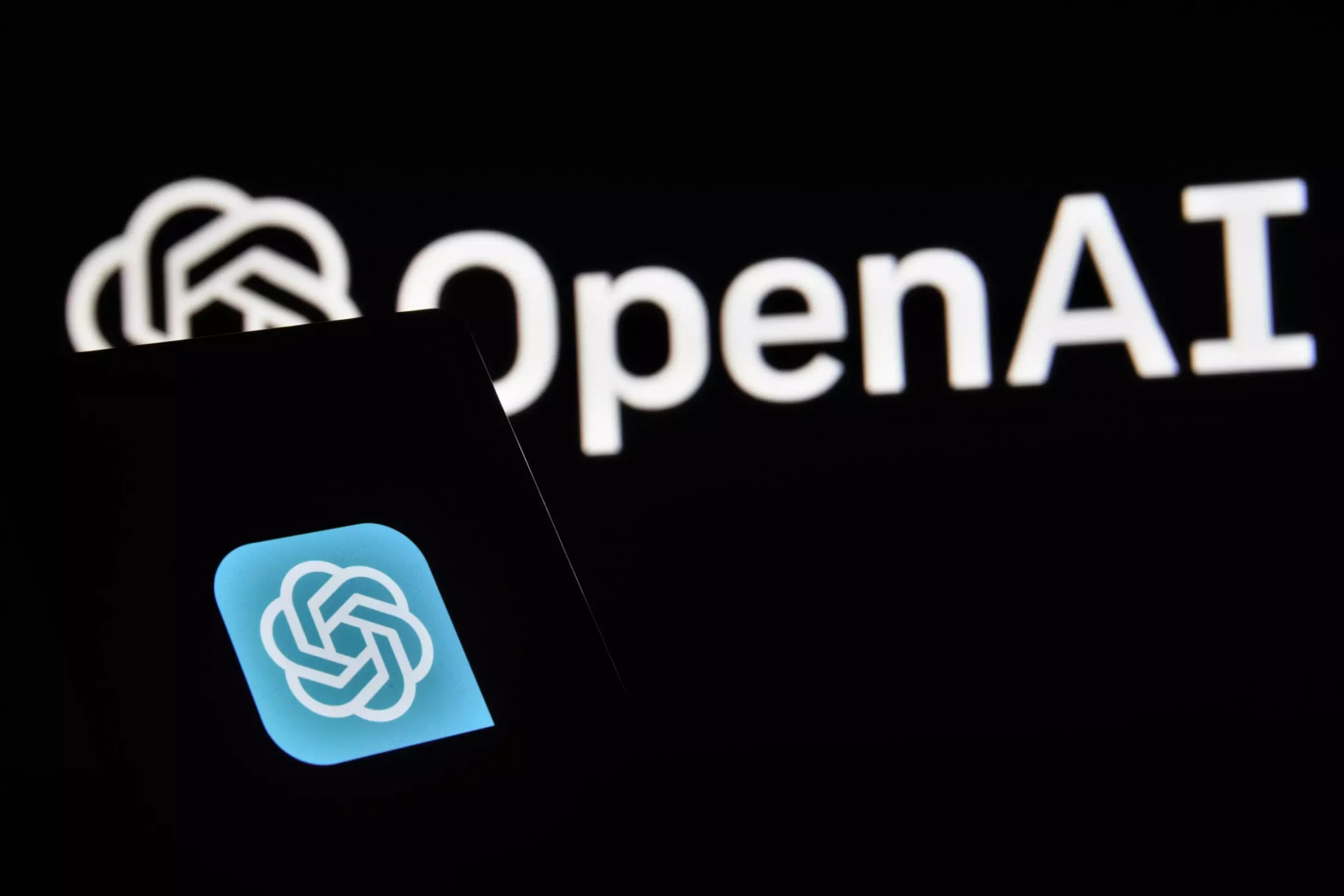The emergence of artificial intelligence (AI) marks a significant turning point in technological advancement, shaping the way we work, learn, and interact. AI holds the potential to boost productivity and improve outcomes across various sectors, from healthcare to retail. However, alongside these prospects come serious concerns that span privacy violations, algorithmic injustices, and a potential surge in unemployment. As AI technologies evolve at a breakneck pace, the discourse surrounding regulation and oversight grows increasingly critical.
Weighing the Benefits Against the Risks
On one side of the spectrum lies the undeniable promise of AI. By harnessing vast datasets that often remain underutilized, AI systems can provide insightful analyses and support effective decision-making. For instance, the ability of AI to process information and identify patterns can lead to improved service delivery in medicine and education, effectively raising the standard of care and learning outcomes.
Yet, as we embrace these capabilities, it is crucial to acknowledge the risks that accompany them. Issues like deepfakes can dramatically undermine trust in information, while privacy breaches may expose individuals to unwanted scrutiny or manipulation. Additionally, algorithm-induced decisions can lead to bias and discrimination, making it imperative to inspect AI’s societal impacts rigorously.
An ongoing debate has emerged regarding the need for AI-specific regulations. While the calls for new frameworks reflect genuine concerns, there is an argument to be made that existing laws and regulations may already encompass many of the challenges posed by AI technologies. For instance, laws protecting consumer rights, privacy, and competition serve as foundational safeguards that can be adapted to address AI-related issues.
It is essential to recognize that the regulatory landscape is not static; instead, it must evolve to accommodate new technologies. Thus, rather than creating separate sets of rules for AI, it may be more effective to refine, expand, or clarify existing regulations to address AI’s specific challenges. This proactive approach allows for a nuanced understanding of where AI aligns with established legal frameworks, and where adjustments may be necessary.
Regulatory Bodies: A Pillar of Trust
Australia is fortunate to have a robust system of regulatory bodies, including the Competition and Consumer Commission, the Australian Information Commissioner, and others, who bring extensive experience in enforcing current regulations. These organizations play a significant role in evaluating how AI fits within the existing regulatory environment and ensuring that consumer protections remain intact.
The experience and knowledge of these regulators provide an important foundation for tackling emerging challenges posed by AI. By clarifying where existing rules apply and conducting test cases, regulators can help build trust in AI technologies among consumers while offering clarity to businesses operating in this space.
That said, there will undoubtedly be instances where existing regulations may fall short, particularly in high-risk sectors such as autonomous vehicles, machinery, and medical devices that are increasingly incorporating AI capabilities. In such cases, regulatory frameworks may require updates to effectively address specific challenges posed by AI integration in these fields.
While these regulations must be judiciously developed, new rules should aim to be technology-neutral and not overly specific. Overly prescriptive regulations can quickly become outdated, as technological advancements may render them irrelevant. Fostering a landscape where regulations adapt to changing technologies will empower innovation while safeguarding public interest.
As countries around the world, particularly the European Union, take the lead in crafting AI-specific regulations, it becomes imperative for Australia to consider its position carefully. The risk of becoming an outlier in AI regulations could deter international developers from engaging with the Australian market, leading to a potential innovation gap.
Instead of attempting to establish a unique regulatory landscape, Australia may benefit from aligning itself with established international frameworks. Collaborating with global stakeholders in shaping standards will not only enhance the country’s credibility but also strengthen its position as a participant in the global AI economy.
Ultimately, the goal must be to maximize the advantages of AI while minimizing potential harms. As we transition into an era dominated by AI, our existing regulations should form the basis of our response, with adaptations made as necessary. The real challenge lies in balancing the innovation AI brings with the ethical and practical considerations that protect individuals and society at large. By embracing a measured and informed approach, we can ensure that AI becomes a tool for positive change rather than a source of division and concern.


Leave a Reply